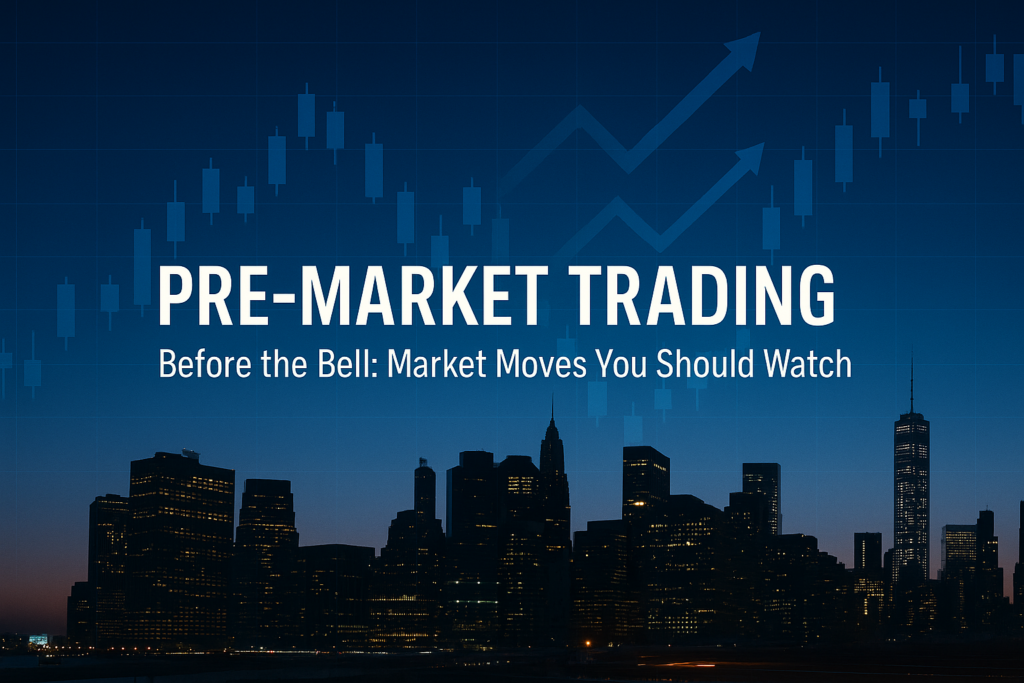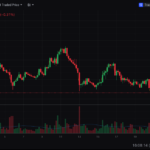Pre-market trading allows investors to react to news and events before the official market opens. It is an extended-hours trading session that takes place before 9:30 AM EST in the U.S. stock market. While not as active as regular hours, pre-market sessions can reveal important signals about how a stock may perform once the bell rings.
What Is Pre-Market Trading?
Pre-market trading refers to the buying and selling of stocks on electronic exchanges before the standard market session begins. In the U.S., pre-market trading typically runs from 4:00 AM to 9:30 AM EST, though most retail brokers limit access to narrower windows (often starting at 7:00 AM EST).
Unlike the regular trading session, pre-market activity is often less liquid, meaning that fewer shares are being traded. This lower liquidity can lead to wider bid-ask spreads and more volatile price swings.
Why Pre-Market Trading Matters
Investors and traders look at pre-market activity to gauge market sentiment. Some of the common reasons include:
- Earnings Reports: Companies often release quarterly results outside of regular hours. Stocks may react immediately in pre-market trading.
- Economic Data: Reports like jobs numbers or inflation data are frequently published before 9:30 AM.
- Breaking News: Mergers, acquisitions, analyst upgrades/downgrades, or geopolitical events can move markets early.
By monitoring pre-market price changes, traders can get an early sense of where the market might head during the day.
Risks of Pre-Market Trading
While the ability to trade before the market opens may sound attractive, there are important risks to consider:
- Low Liquidity – Fewer participants can make it difficult to execute large trades without affecting the price.
- High Volatility – News-driven moves can be exaggerated when fewer shares are available.
- Wider Spreads – The difference between bid and ask prices can be much larger, increasing costs.
- Access Limitations – Not all brokers allow retail traders to participate fully in pre-market sessions.
Who Uses Pre-Market Trading?
- Institutional Investors: Hedge funds and mutual funds often act in pre-market to adjust positions quickly after major announcements.
- Active Traders: Day traders and momentum traders watch pre-market movers to identify opportunities for the regular session.
- Long-Term Investors: While less common, some long-term investors may adjust positions early if critical news impacts their holdings.
Conclusion
Pre-market trading is a powerful tool for active traders looking to get ahead of the market, but it comes with higher risks compared to regular hours. By understanding liquidity, volatility, and broker limitations, traders can use pre-market data as a valuable indicator without overexposing themselves to unnecessary risk.
For most investors, pre-market activity should be seen less as a place to trade and more as a barometer of market sentiment heading into the day.
📌 Tip: Always confirm whether your broker provides access to pre-market trading, and use limit orders instead of market orders to avoid unexpected price swings.







